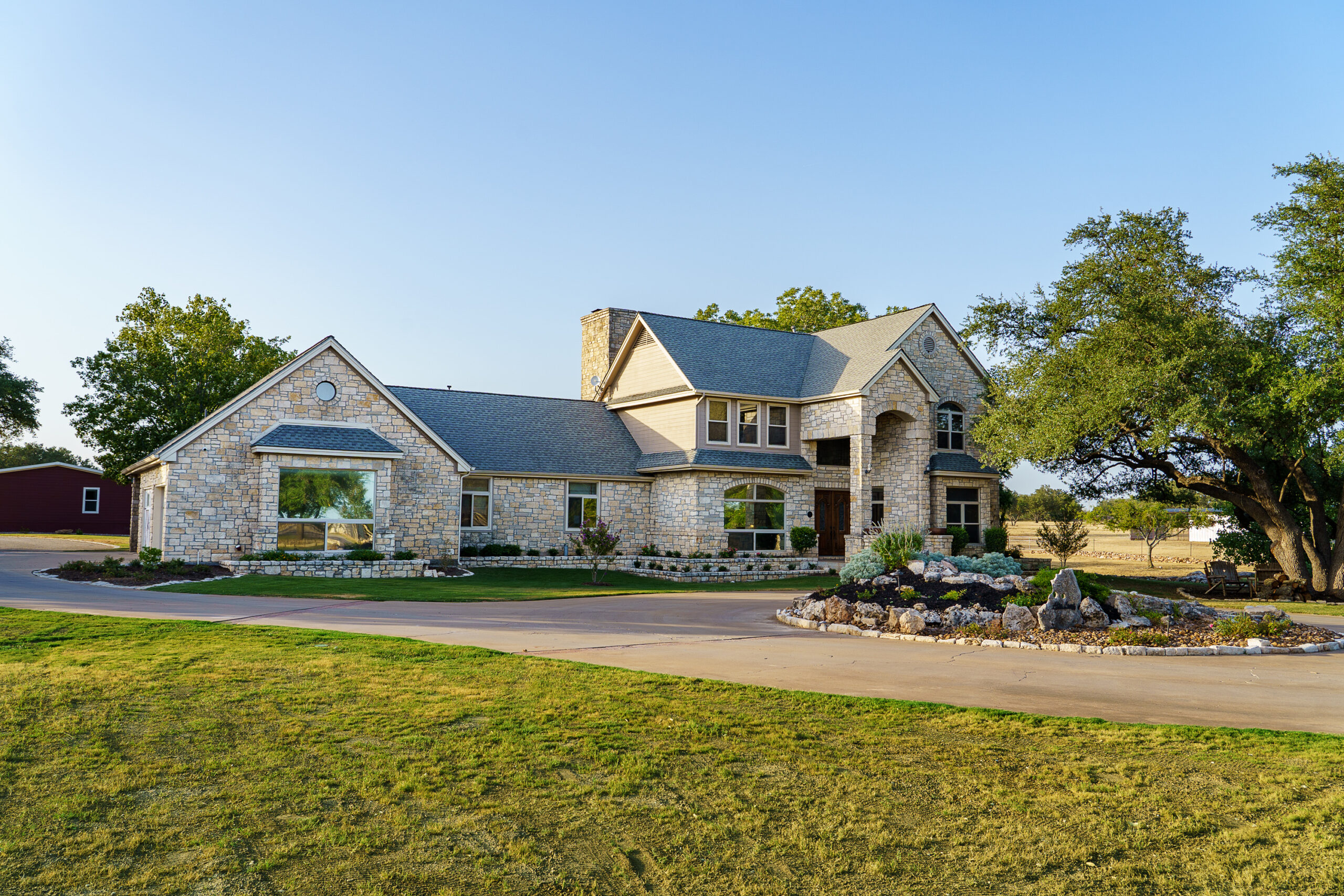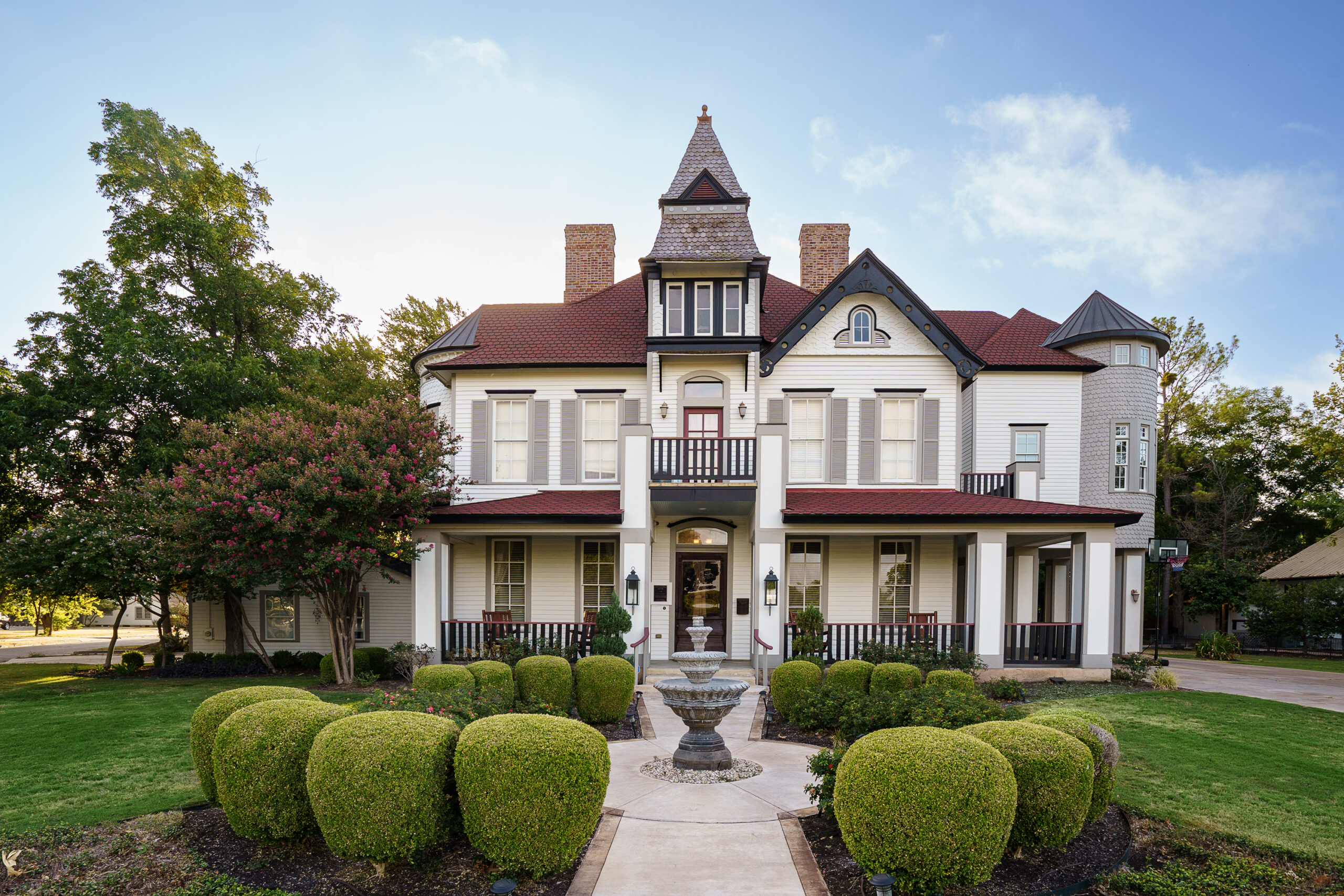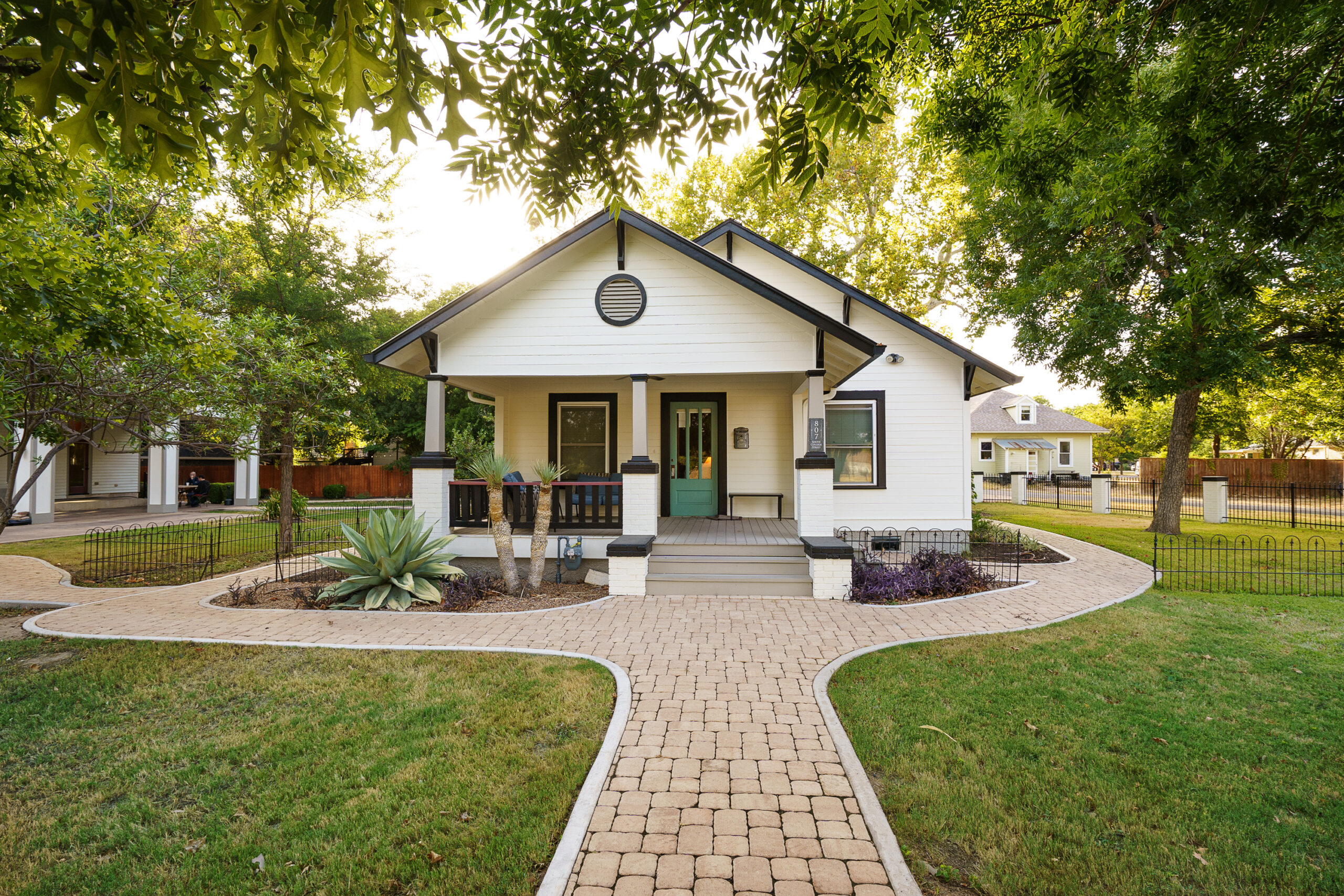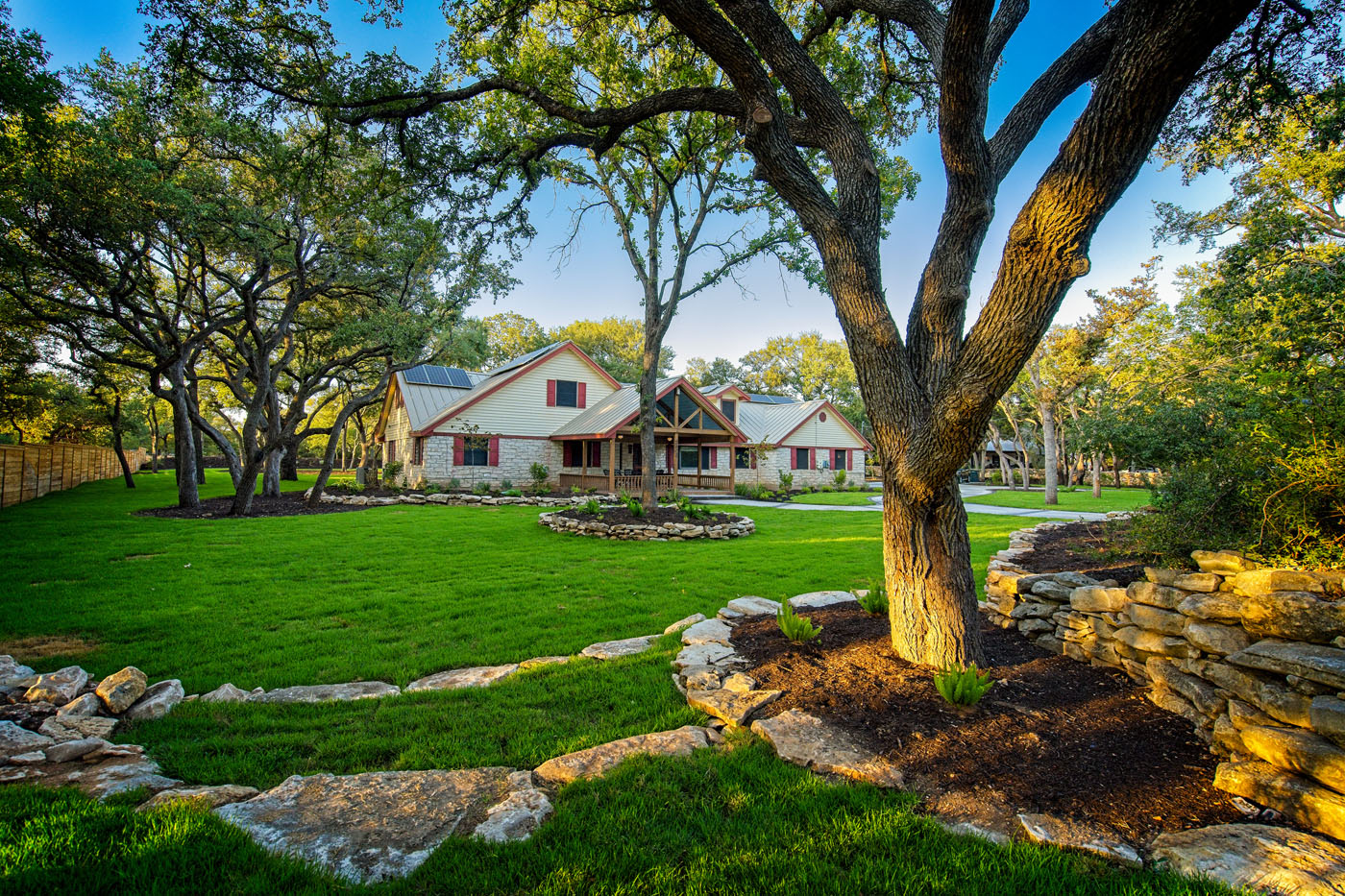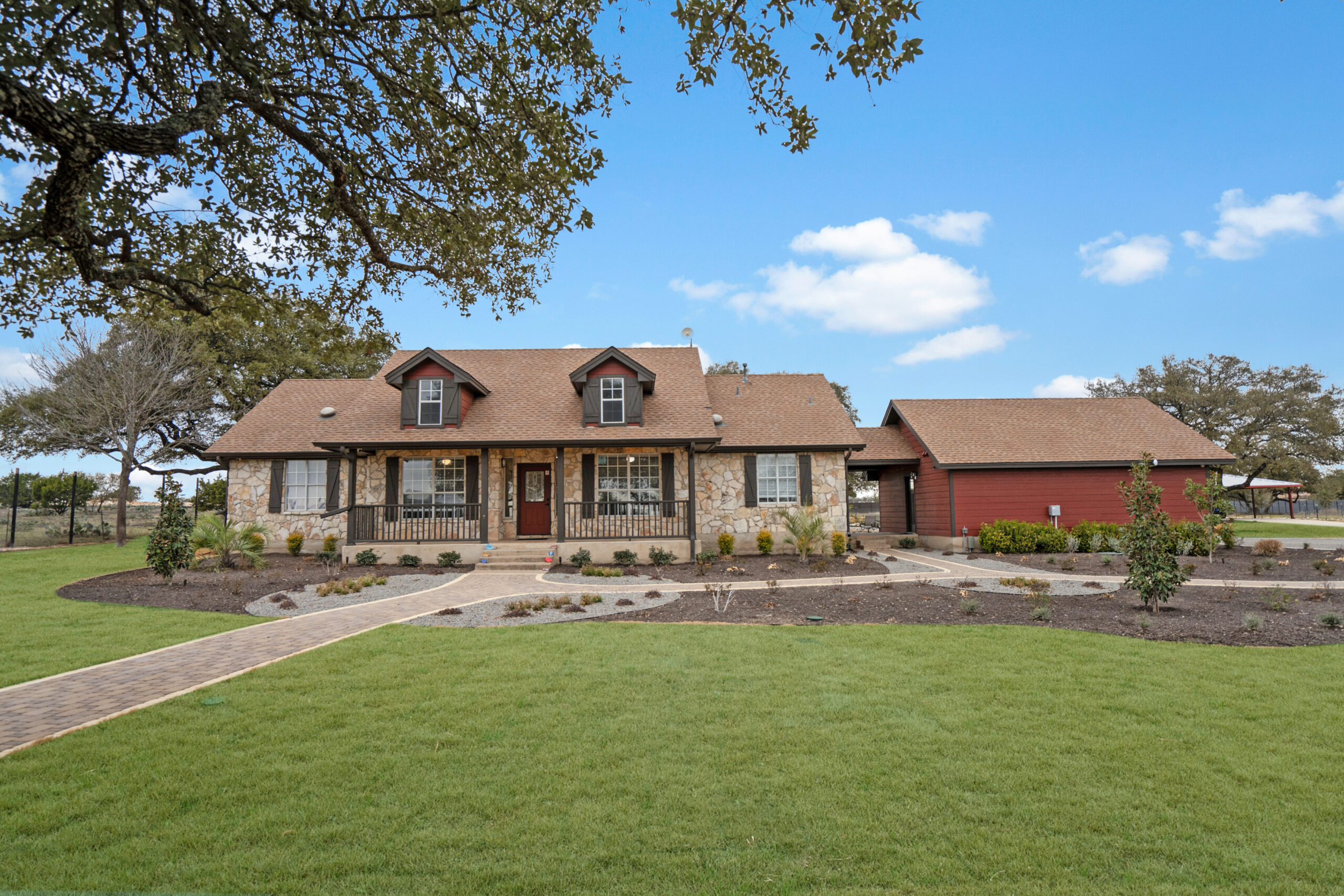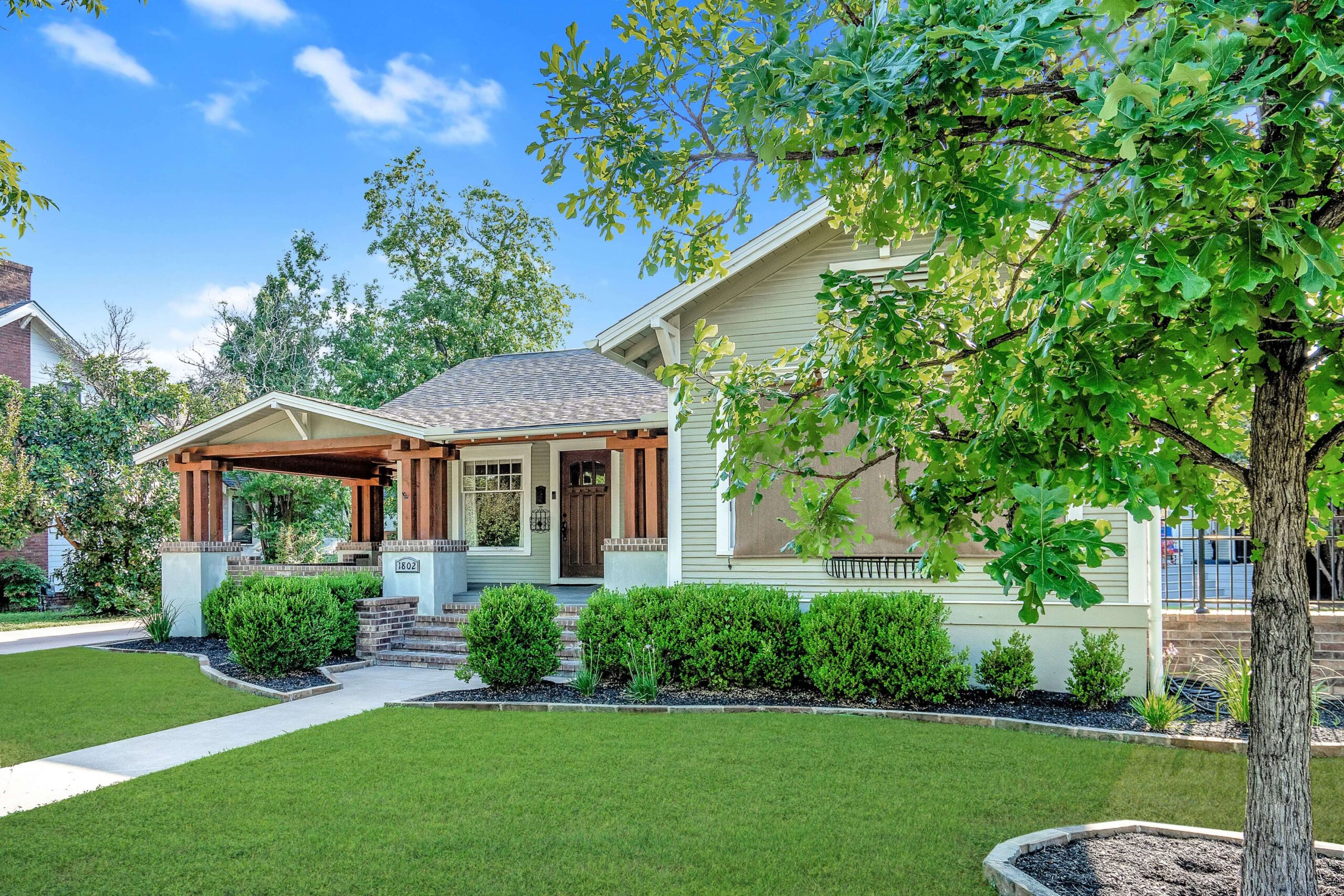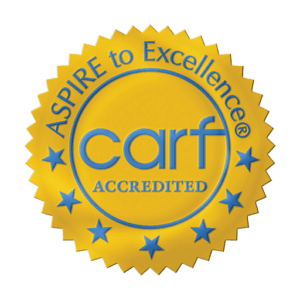Treatment Approaches for Schizoaffective Disorder
Schizoaffective disorder residential treatment provides a multidimensional approach to care. Patients engage in a combination of cognitive behavioral therapy, medication management, and psychosocial interventions. The goal is to address the complex interplay of mood and psychotic symptoms to promote long-term stability.
At Alta Loma, we’ve seen how personalized therapy sessions can aid in symptom management. By tailoring treatment plans to each individual’s needs, we can effectively address unique challenges faced by those living with schizoaffective disorder. This culminates in a more holistic recovery process that includes emotional regulation and improved social functioning.
Residential programs typically start with a stabilization phase, where the focus is on acute symptom management. Patients then move to a longer-term treatment plan aimed at building life skills. This transition from stabilization to skill-building helps individuals gain independence in managing day-to-day challenges.
Personal Experiences in Managing Schizoaffective Disorder
Over my two decades in mental health, I’ve encountered countless stories of resilience and recovery. At Alta Loma, we’ve had clients who, after years of struggling, found clarity and direction within our schizoaffective disorder residential treatment program. One notable case involved a young man who rediscovered his love for painting. The therapeutic environment enabled him to express emotions through art, aiding his recovery significantly.
Another client, who had cycled through various short-term treatments without much success, found solace in the routine and stability offered by residential care. The access to continuous support and community-based activities proved pivotal in managing her symptoms and integrating back into her community.
These personal accounts underscore the power of a nurturing environment complemented by a structured treatment approach. They signify hope for many battling similar challenges.
Addressing Common Misconceptions
A pervasive misconception is that schizoaffective disorder residential treatment is a “last resort.” In reality, it’s a proactive step toward comprehensive care. Many assume it’s akin to institutionalization, yet modern residential programs emphasize autonomy and skill development.
At Alta Loma, we’ve made great strides in communicating the benefits of residential treatment. We focus on community integration and building self-sufficiency, thereby dispelling myths that perpetuate stigma. Through open discussions with clients and families, we emphasize the treatment’s role in fostering independence and empowerment.
What Makes Schizoaffective Disorder Residential Treatment Effective?
The efficacy of schizoaffective disorder residential treatment hinges on several factors: individualized care plans, continuous professional support, and an environment that fosters healing. At Alta Loma, we prioritize these elements, ensuring that our clients receive the most comprehensive care possible.
Our facility integrates cutting-edge therapeutic practices with compassionate care, allowing us to address each patient’s distinct needs. This approach not only aids in symptom relief but also in helping patients gain valuable life skills, culminating in a robust recovery journey.
- Initial assessment and diagnosis by a multidisciplinary team.
- Development of a personalized treatment plan addressing specific symptoms and needs.
- Engagement in therapeutic activities and life skills training.
- Regular progress assessments and adjustments to treatment plans as needed.
- Support with community reintegration through structured activities and resources.
How Important is a Support System During Treatment?
A robust support system is integral to the success of any schizoaffective disorder residential treatment. Family involvement, where appropriate, is encouraged as it reinforces the therapeutic process and fosters a collaborative healing environment.
We often recommend family therapy sessions, which can be pivotal in addressing relational dynamics that may impact recovery. Additionally, peer support groups within the program provide a shared space for individuals to discuss challenges and celebrate successes.
- Improved communication between the patient and their family.
- Increased understanding of the disorder among family members.
- A shared commitment to recovery goals.
- Peer support that strengthens the sense of community and belonging.
What Are the Common Challenges in Schizoaffective Disorder Residential Treatment?
One common challenge is managing expectations. Families and patients often anticipate rapid results, but recovery is a gradual process. Another hurdle is establishing trust with the treatment team, especially for those who have experienced prior failed treatments.
To mitigate these issues, Alta Loma emphasizes transparent communication and setting realistic, achievable goals from the outset. Encouraging patience and resilience ensures that the treatment trajectory remains positive despite inevitable setbacks.
Regular feedback from clients and their families is crucial. It informs adjustments that tailor the treatment experience to better serve patient needs. This approach yields a more adaptable, patient-centered program that caters to complex and evolving mental health needs.
